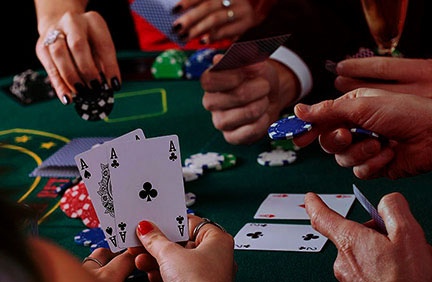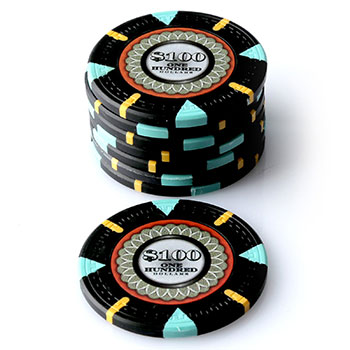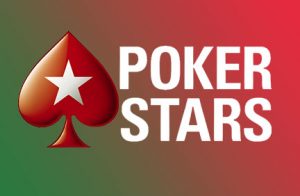
The professionalism of a poker player is an understanding of how to bet correctly in poker during a hand. Depositing money into the pot is the most important game action that makes it clear to your opponent how strong your hand is. A professional gambler, with the correct distribution of contributions to the bank, can impose completely different thoughts on an opponent. This is where true bluffing and poker prowess lies. We will tell you about how poker players place their bets and what deposits to the bank are in the distribution.
Correct poker bets
 In the world of poker games, bets are divided into two groups - "right" and "wrong". It is the former that can significantly increase your bank and bring profit.
In the world of poker games, bets are divided into two groups - "right" and "wrong". It is the former that can significantly increase your bank and bring profit.
Professional poker players make the following contributions to the bank:
- Value-bet... This is a poker bet that a player with a strong hand makes in order to force opponents to call such a bet. As a result, the pot goes up, and the winner who made a value contribution will end up with a higher pot. It is better to make such bets if you are being played by tight players with an aggressive style who are ready to call a raise.
- Slow play... Another type of rate for an intentional increase in the bank. Recommended for those players who have collected the nuts (a hand that lacks one card for a really strong combination, which with a high probability will come out on the next street of the deal). It is better to start slowplay on the flop and raise the bets a little, playing as many streets as possible. If the opponents have contributed some amount to the pot in the auction, they will respond to your small raises, falling into a trap.
- Defense... The opposite situation is when the bet is used to show the opponent the apparent strength of your hand. If you have weak cards and your opponent is aggressive and raises with a supposedly strong range, you can raise your bets and show that you have a much better hand. It only works if the cards on the board form the nuts themselves. Let's say there are two pairs on the table, and you make a defense for a full house, or when you set on the table, you raise your key for a defense.
- Bluff... A very broad name for a bet that will help you confuse your opponents. It is used more often not to win in this particular game, but to confuse opponents and hide your real range. Did the poker players at the table see at showdown that you would go to raise preflop with a pair of kings? Great, next hand, raise with a 6 and 7, even if that hand is not in your strong range.
No profit bets
Below we give a list of poker bets that do not bring profit to the players, but have a slightly different purpose:
- Blockers - These are provocateurs bets that are used to probe the opponent's cards. Raise on the last streets, and if your opponent calls, he probably has a pretty strong hand.
- Donkey bets... A dubious move when a player makes a big raise on the flop. Typically, this is done so that your opponents fold and you take the pot. It is justified only in very rare cases, but it will not help you gather information about opponents and improve your skills.
But the worst of all is rash bets. Poker players often lose by responding to the actions of their opponents, not thinking about the type of his bet and their hand strength. If you understand what the blocker is doing to you, try to bluff. Show that you have a strong or weak hand in the opposite situation. This will help you be more difficult for your opponents to read, which is very important when playing with the regulars of a particular room.
Of course, one article will not tell you how to bet correctly in poker, and it is better to learn at small limits in good poker rooms.





